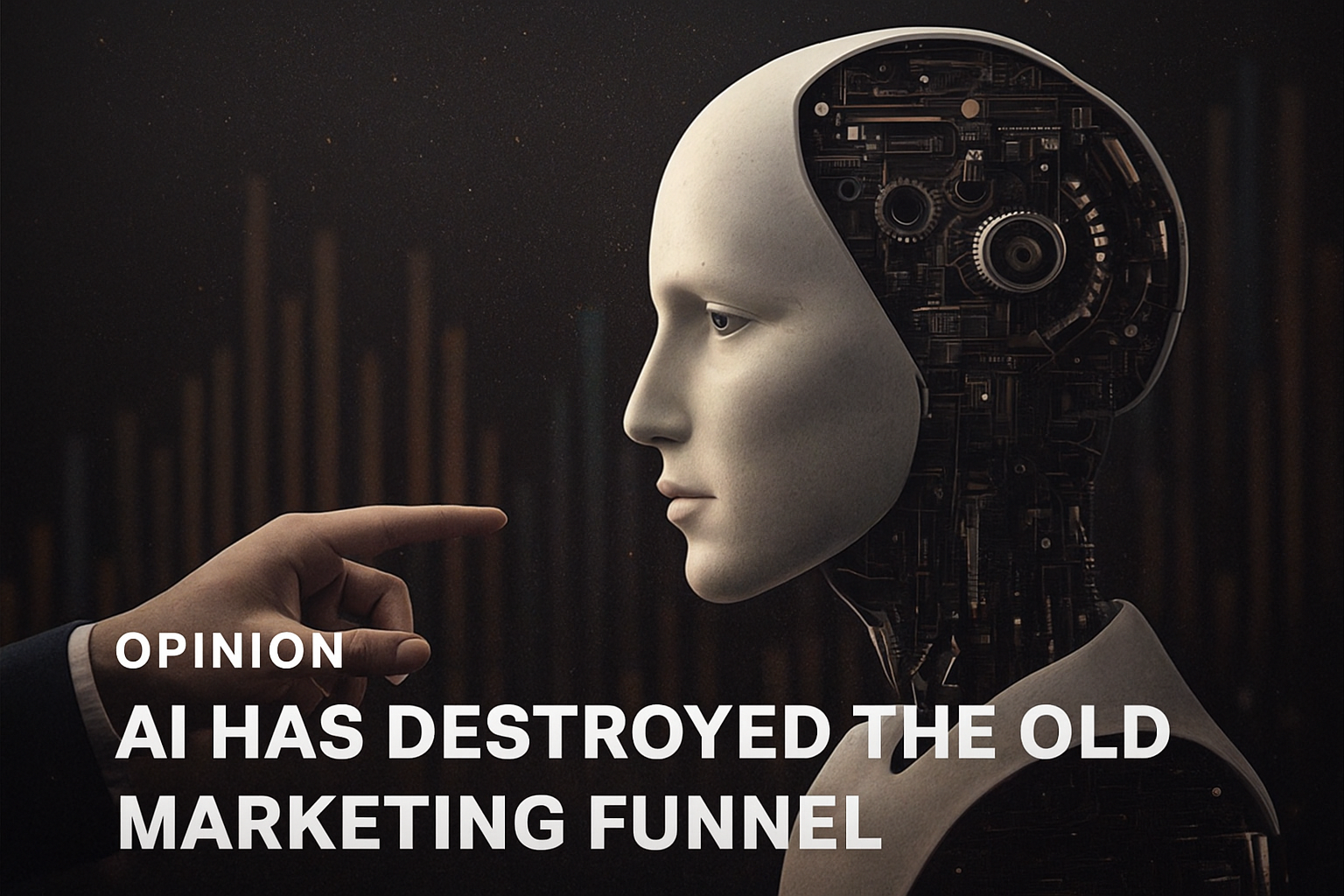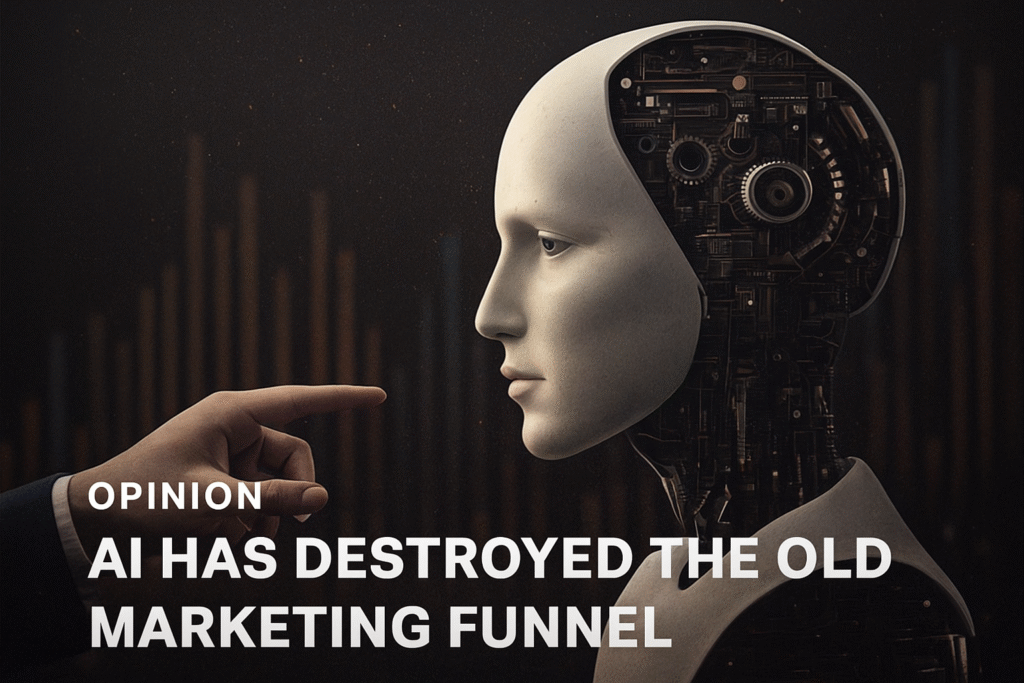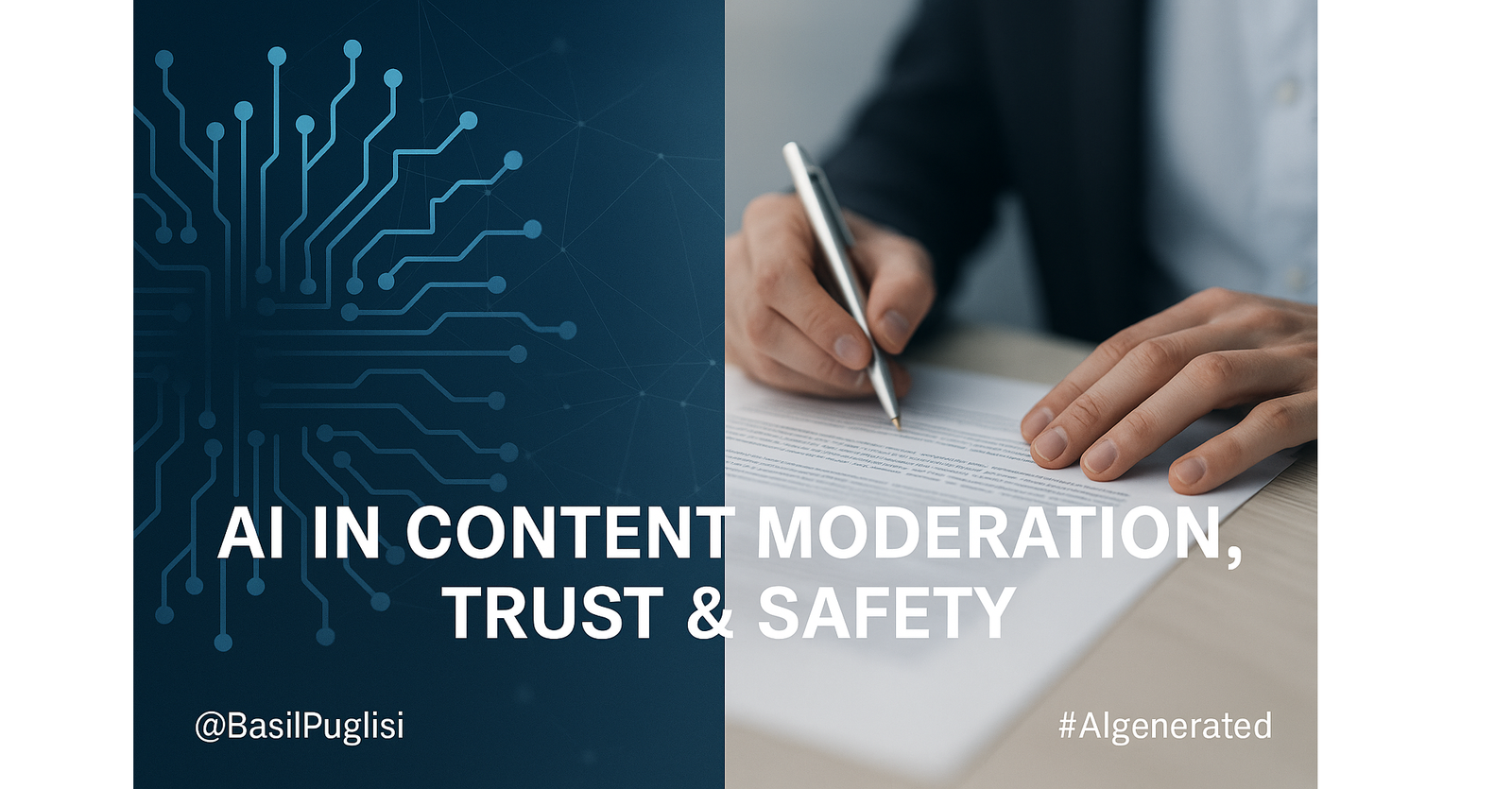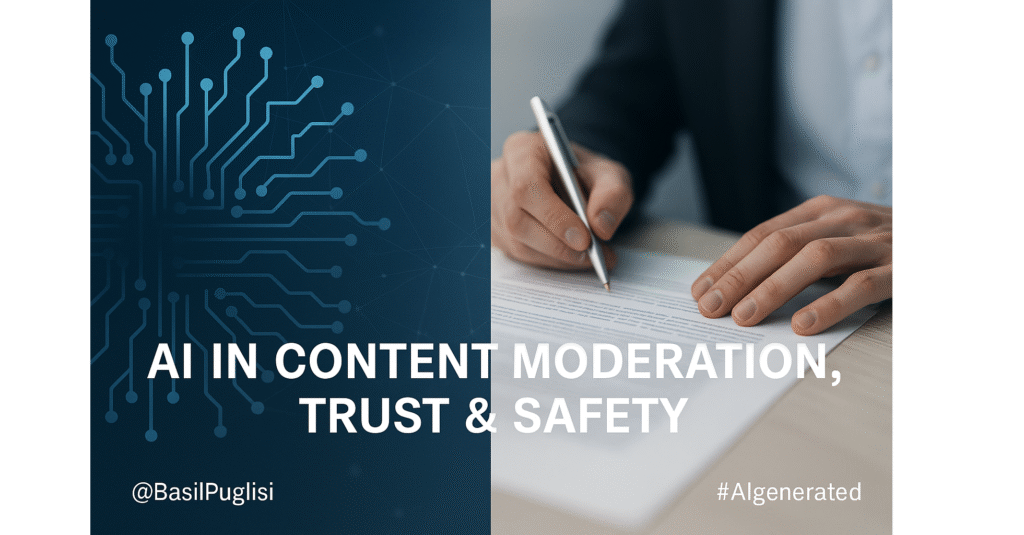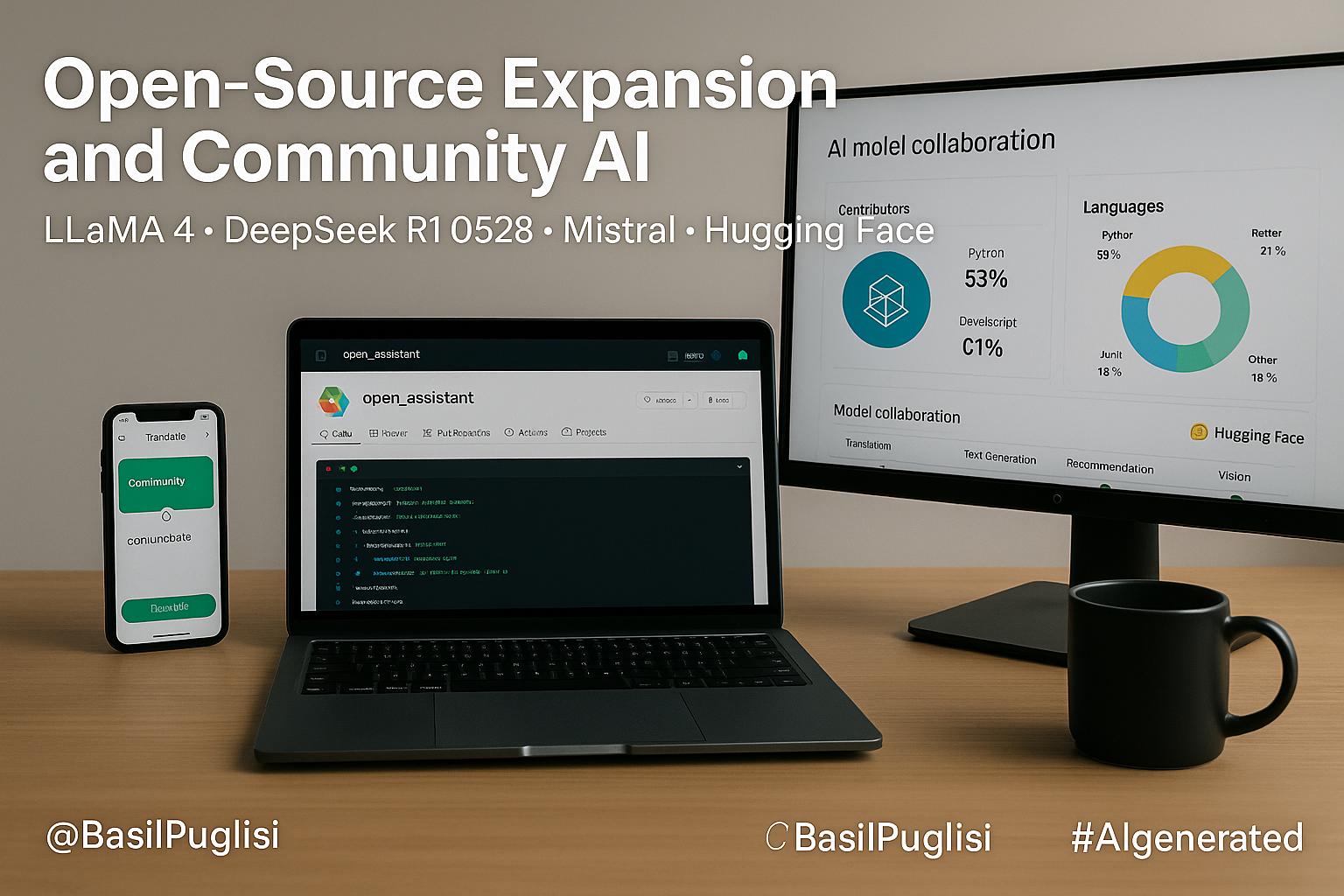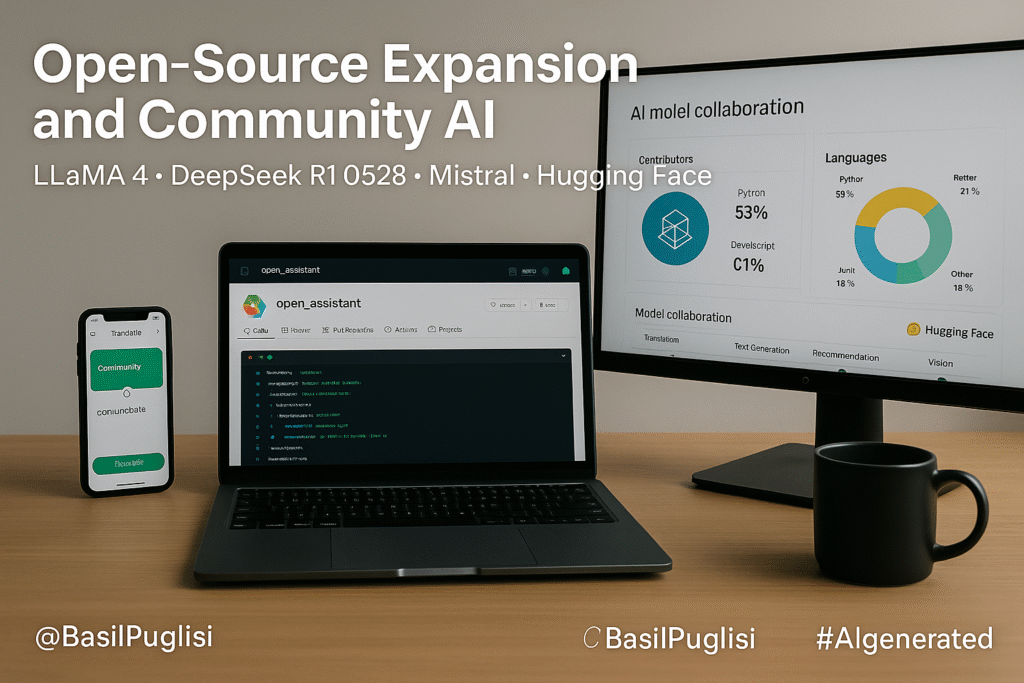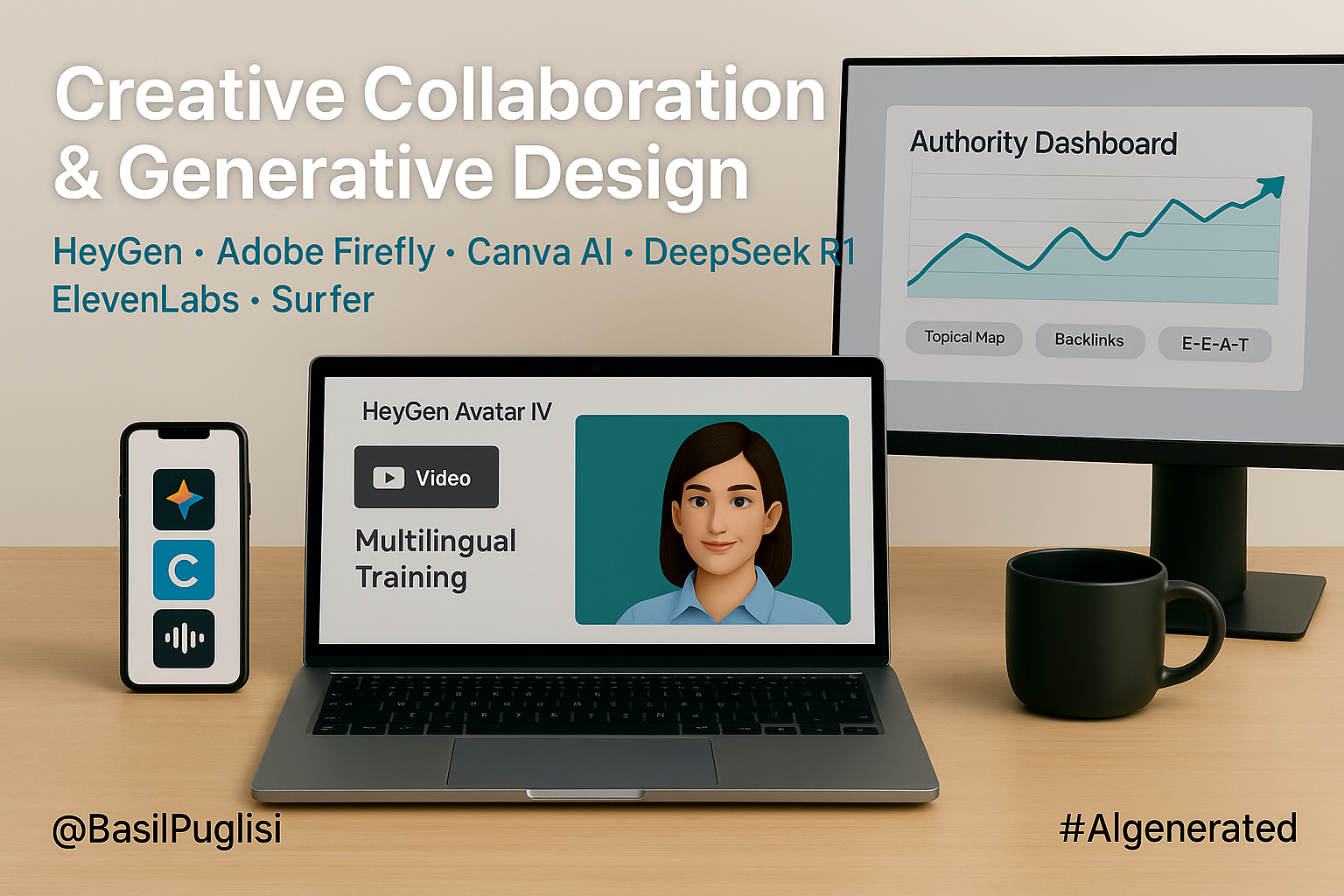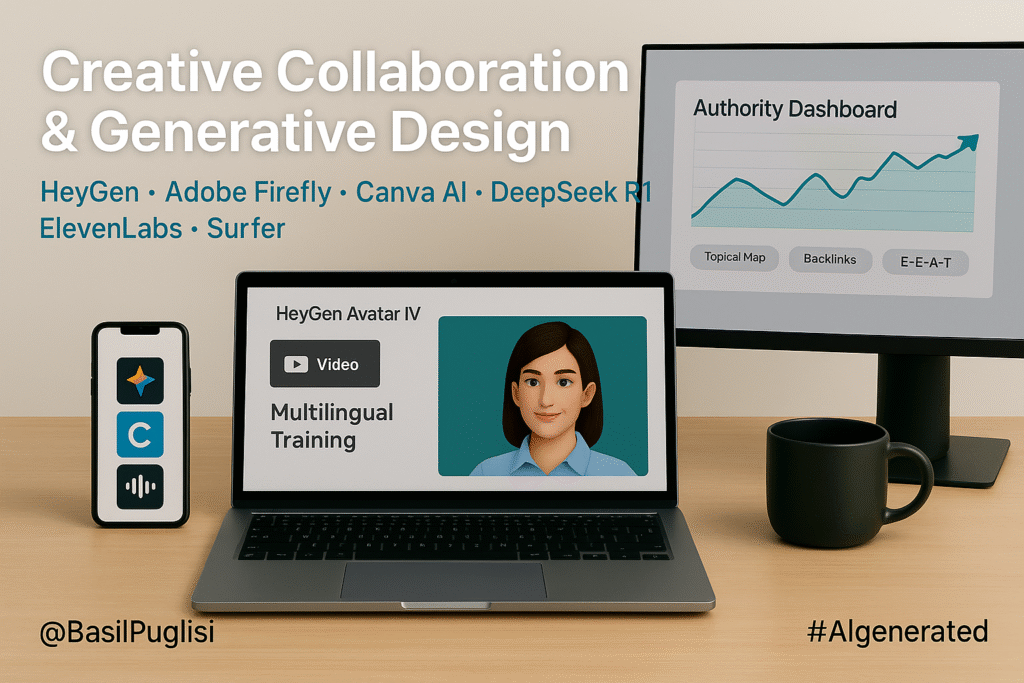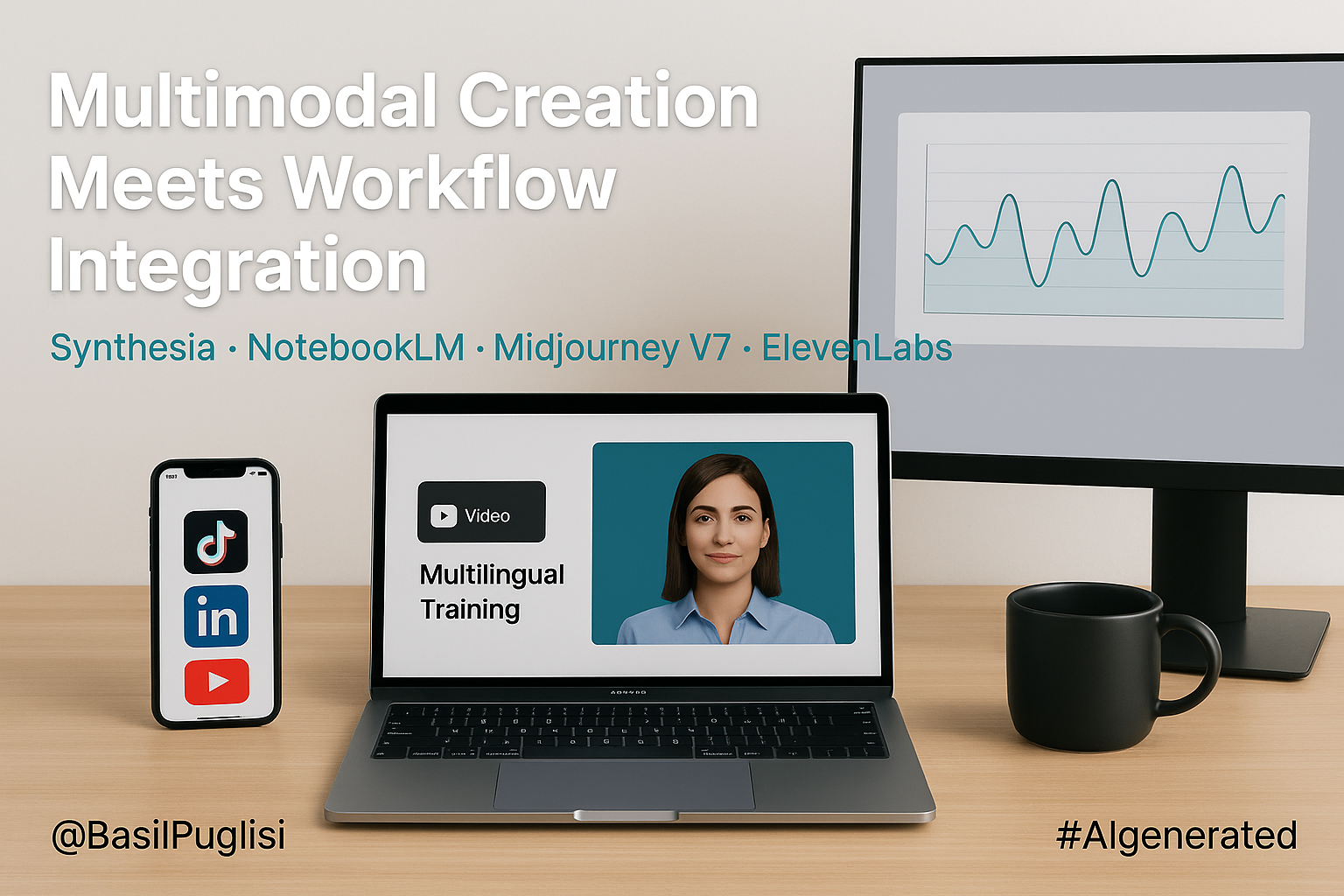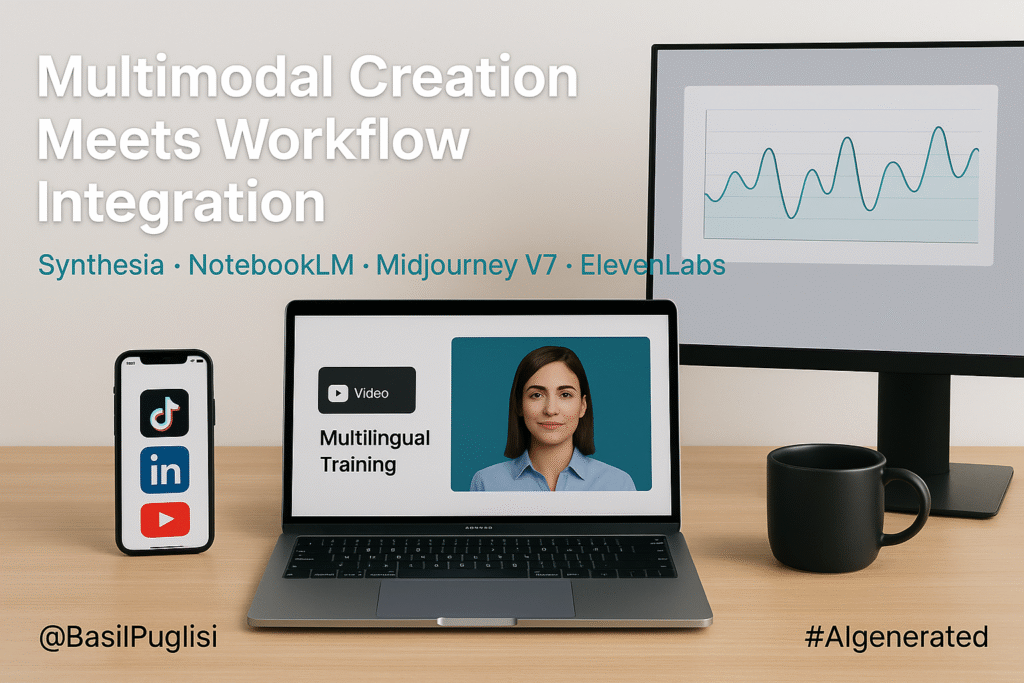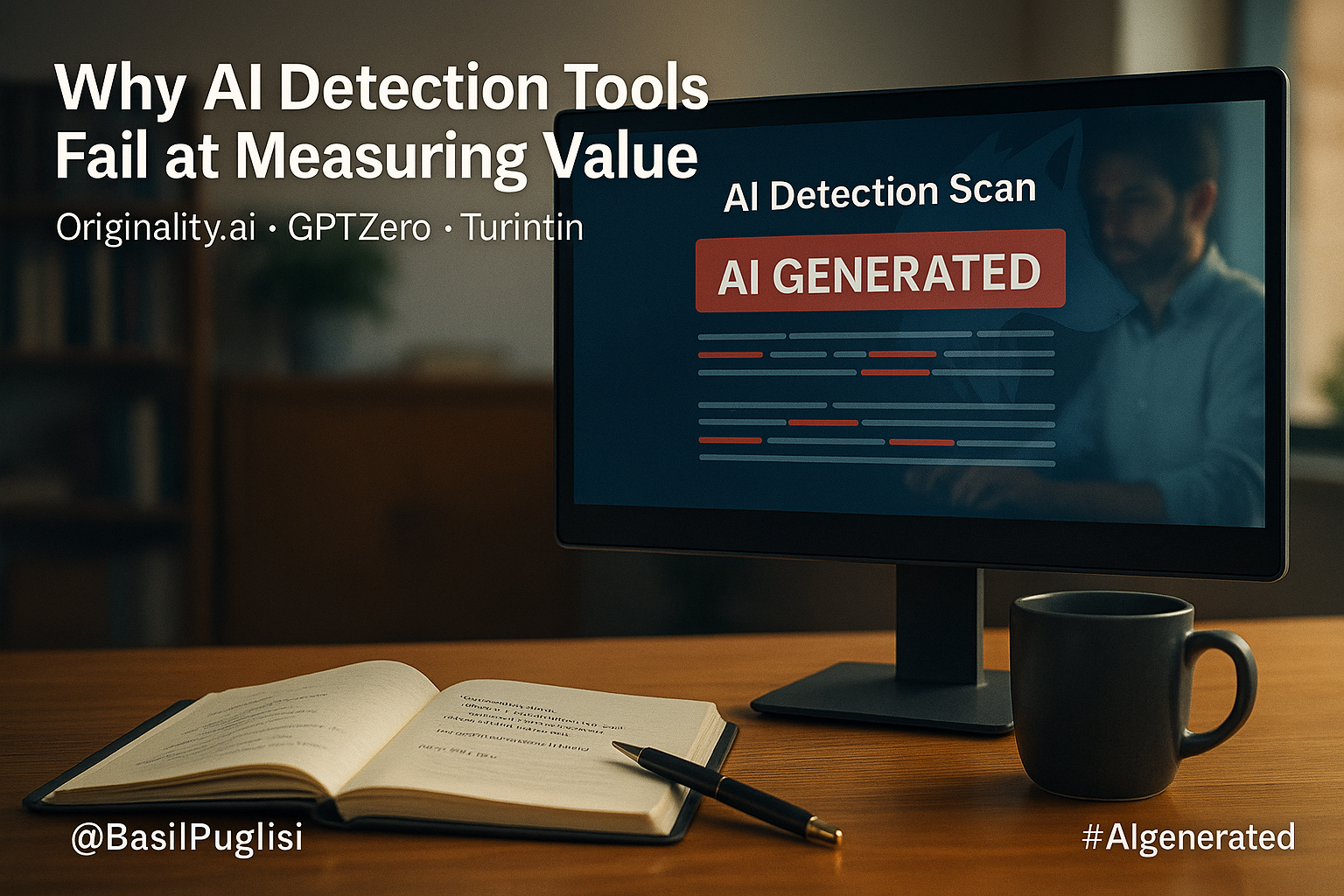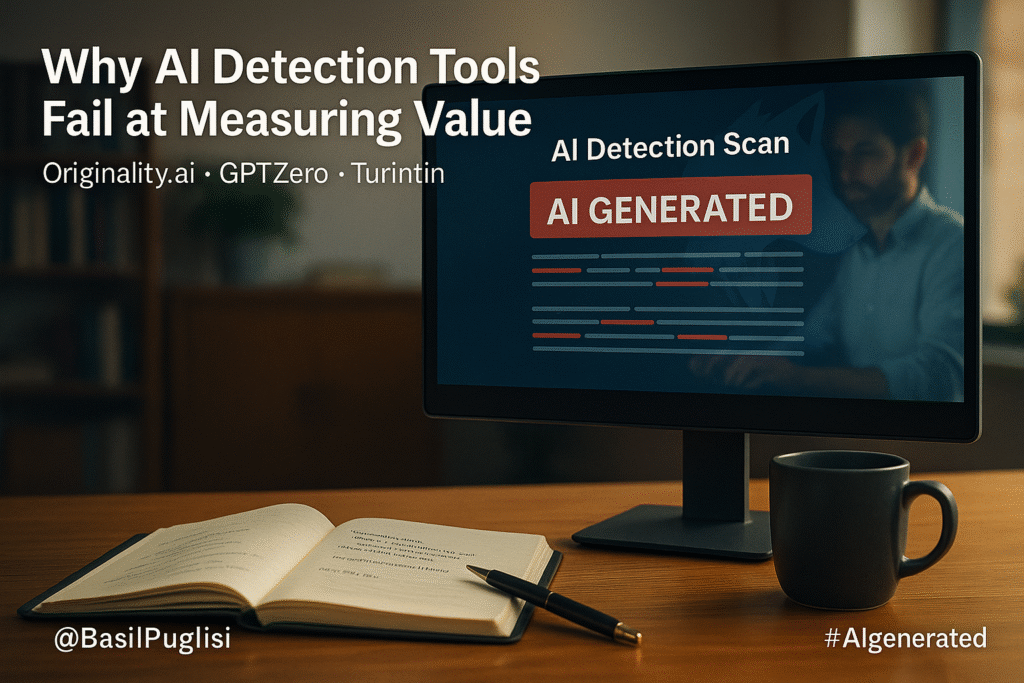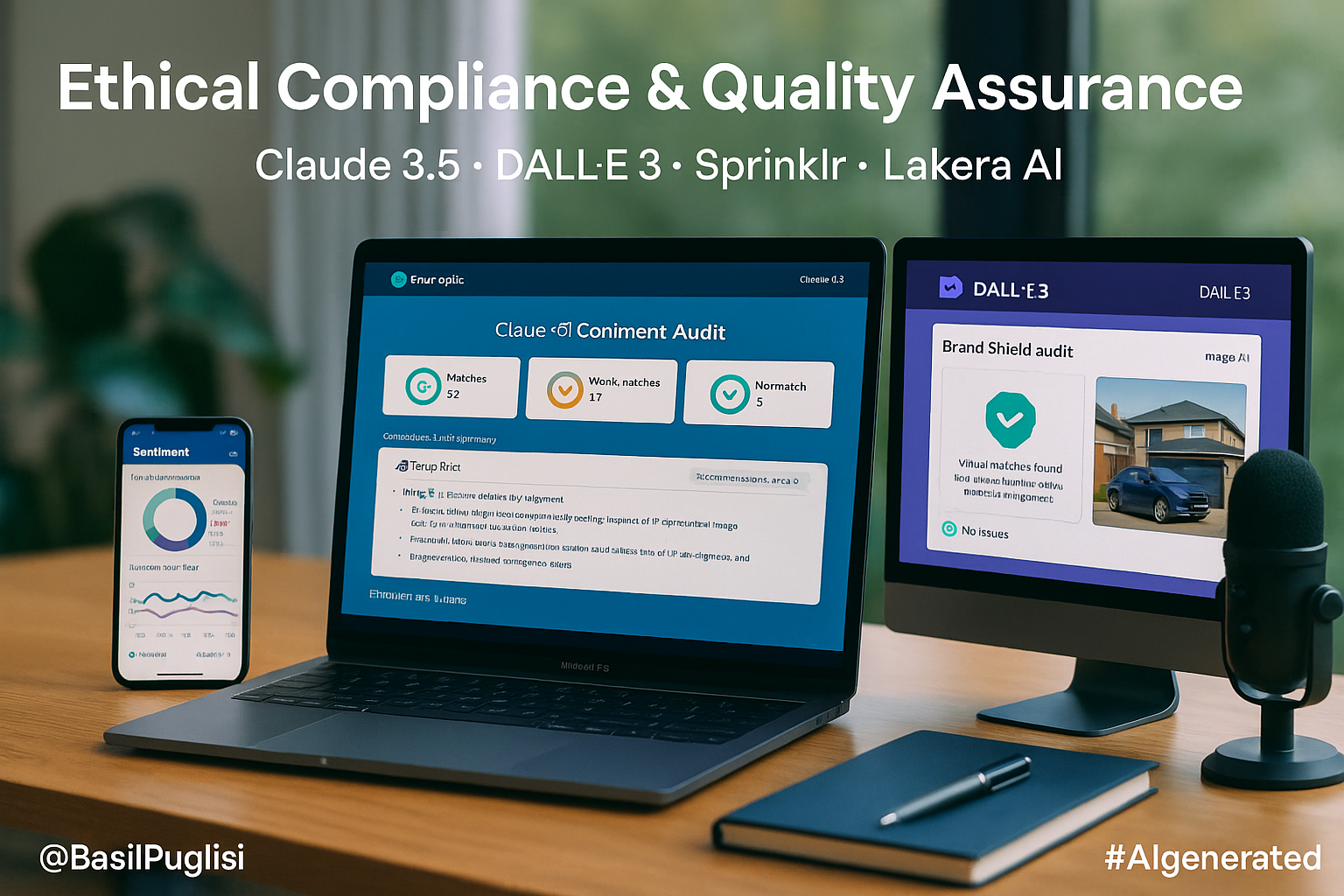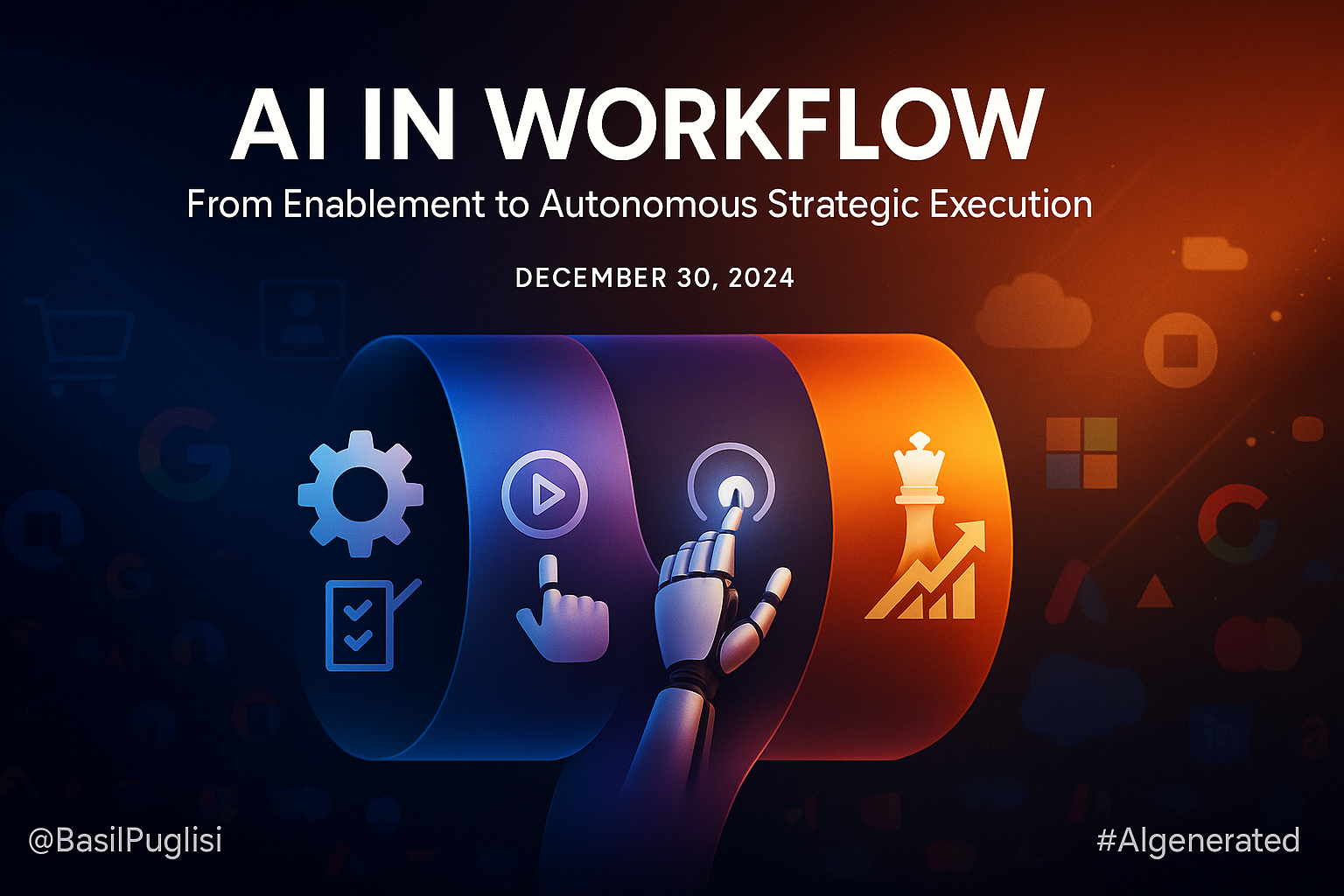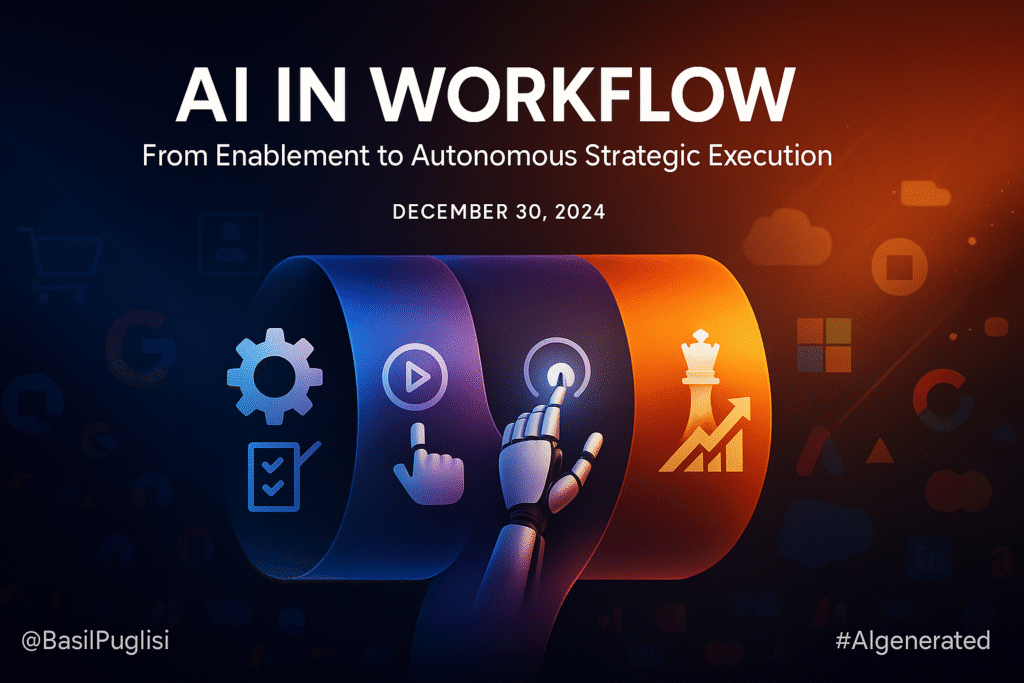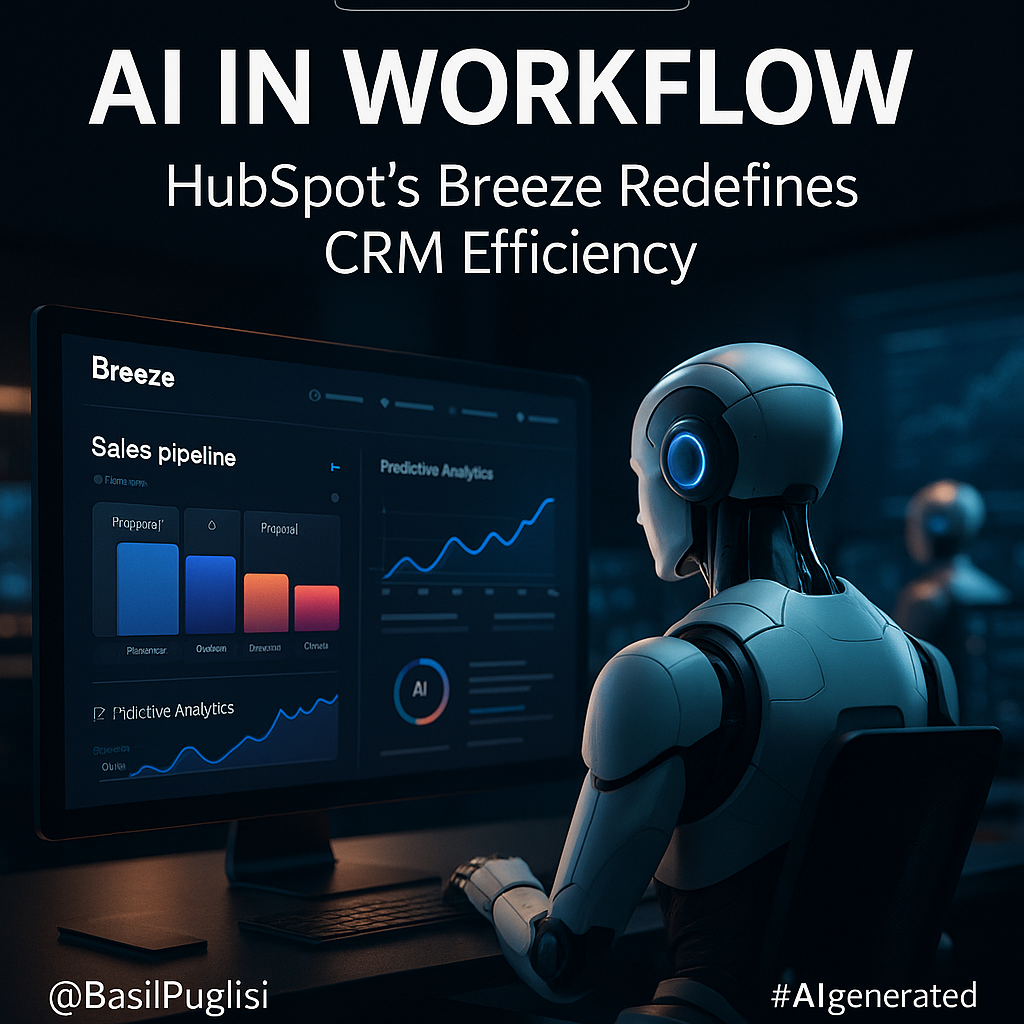The browser stopped being a window sometime in the last few months. It became a colleague. It sits beside you now, remembers what you searched for yesterday, and when you ask it to book that flight or fill out that form, it does. That is the architectural bet behind ChatGPT Atlas and the wider wave of AI-native browsers currently launching across platforms.
Atlas arrives first on macOS, with Windows and mobile versions promised soon. OpenAI has embedded ChatGPT directly into the page context, so you stop toggling between tabs to copy and paste. The sidebar reads what you are reading. The memory system, optional and reviewable, tracks what you cared about across sessions. Agent Mode, the piece that matters most, can click buttons, fill forms, purchase items, and schedule meetings (OpenAI, 2025; The Guardian, 2025). For anyone juggling too many browser tabs and too little time, this feels like technology finally decided to help instead of hinder. For anyone thinking about privacy and control, it feels like we just handed our cursor to someone we barely know.
This is not an incremental feature. It is a structural break from the search, click, and scroll pattern that has defined web interaction for twenty years. And that break is why you should pay attention before you click “enable” on Agent Mode, even if the demo looks magical and the time savings feel real.
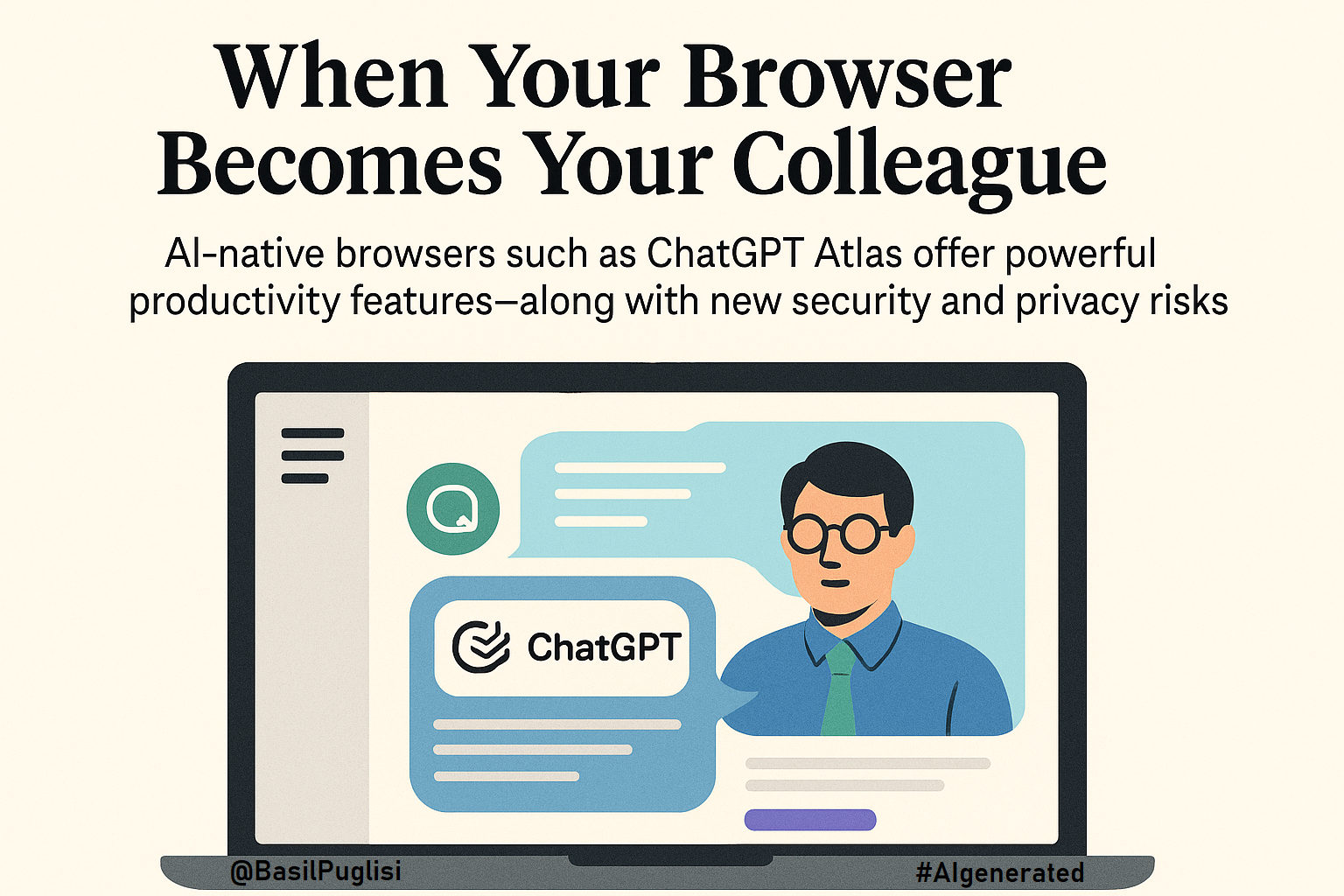
The Convenience Is Not Theoretical
When the assistant lives on the same surface as your work, certain tasks are compressed in ways that feel almost unfair. You draft replies inside Gmail without switching windows. You compare flight prices and the system maps options while you are still reading the airline’s fine print. You fill out repetitive forms, and the agent remembers your preferences from last time. The promise is fewer open browser tabs at the end of every evening, and if Agent Mode works reliably, the mental load of routine tasks drops noticeably (TechCrunch, 2025).
But here is where optimism requires a qualifier. If the agent stumbles, if it books the wrong date or fills in the wrong address, the cost of babysitting a half-capable assistant can erase the time you thought you saved. Productivity tools that demand constant supervision are not productivity tools. They are anxiety engines with helpful branding.
The Risk Operates at the Language Layer
Atlas positions its memory as optional, reviewable, and deletable. Model training is off by default for your data. That is responsible design hygiene, and OpenAI deserves credit for it (OpenAI Help Center, 2025). But design hygiene is not immunity, and what the system remembers about you, even structured as “facts” rather than raw browsing history, becomes a target the moment it exists.
Once a browser begins acting on your behalf, attackers stop targeting your device and start targeting the model’s instructions. Security researchers at Brave demonstrated this with hidden text and invisible characters that can steer the agent without you ever seeing the payload (Brave, 2025a; Brave, 2025b). LayerX took it further with “CometJacking,” showing how a single click can turn the agent against you by hijacking what it thinks you want it to do (LayerX, 2025; The Washington Post, 2025).
These are language-layer attacks. The weapon is not malware anymore. The weapon is context. And context is everywhere: on every webpage, in every email, inside every PDF you open while Agent Mode is running.
That should concern you. Not enough to avoid the technology entirely, but enough to use it carefully and know what you are trading for that convenience.
What You Should Ask Before You Enable It
AI-native browsing is moving the web from finding information to executing tasks on your behalf. You will feel the lift in minutes saved and attention reclaimed. Some tasks that used to take fifteen minutes now take ninety seconds. That is real, measurable, and for many daily routines, genuinely helpful.
But you will also inherit new risks that operate in language and suggestion, not pop-ups and warning messages. This requires you to think differently about what “safe browsing” means. A legitimate website can contain adversarial instructions. A trusted email can include hidden text that redirects your agent. And unlike a phishing link that you can learn to spot, these attacks are invisible by design.
Start with memories turned off, because defaults shape behavior more than settings menus ever will. When you decide to enable memories, do it site by site after you have used Atlas for a few days and understand how it behaves. Avoid letting it remember anything from banking sites, medical portals, or anywhere you would not want a record of your activity persisted in structured form. The tactic is simple: make privacy the path of least resistance, not the thing you configure later when you finally read the documentation.
Set up a monthly reminder to review what Atlas has remembered. OpenAI provides tools for this, but tools only work if you use them. If eighty percent of Atlas users never check their memory logs, those logs become invisible surveillance with good intentions. If you see memories from sites, you consider sensitive, delete them and adjust your settings. If compliance feels like too much effort, the settings are too complicated, and you should default to stricter restrictions until the interface gets simpler.
Treat Agent Mode like you would treat handing your credit card to someone helpful but inexperienced. It can save you time. It can also make expensive mistakes. For anything involving money, credentials, or personal data leaving your device, require a confirmation step. That means Agent Mode shows you what it is about to do and waits for your approval before it acts. Speed without confirmation is convenience that will eventually cost you more than the time it saved. Security researchers have shown these attacks work in production environments with minimal effort (Brave, 2025a; Brave, 2025b; LayerX, 2025). Confirmation gates are not paranoia. They are friction that protects you from invisible instructions you never intended to authorize.
If you use Atlas for research, writing, or anything that represents your judgment, pair it with a rule: if the agent summarized it, you open the source before you use it. AI-native browsing compresses search and reduces the number of pages you visit, which sounds efficient until you realize you are trusting a summary engine with your reputation (AP News, 2025; TechCrunch, 2025). If you are citing information, comparing options, or making decisions based on what Atlas tells you, verify the sources. If you skip that step, you are not doing research. You are outsourcing judgment to a tool that does not understand the difference between accurate and plausible.
OpenAI is positioning Atlas as beta software, which means features will change, bugs will surface, and what works reliably today might behave differently next month (OpenAI Help Center, 2025). Use it for low-stakes tasks first. Let it handle routine scheduling, comparison shopping, and form-filling before you hand it access to sensitive accounts or high-value transactions. If it performs well and behaves predictably, expand what you trust it with. If it makes mistakes or behaves unpredictably, pull back and wait for the next version. Early adoption has benefits, but it also has costs, and those costs multiply if you scale usage before the tool proves itself.
Dissent and Divergence Deserve Your Attention
Not everyone agrees on how serious these risks are. Some security researchers argue prompt injection is overblown, that real attacks require unlikely scenarios and careless users. Others, including the teams at Brave and LayerX, have demonstrated working exploits that need nothing more than a normal click on a normal-looking page. The gap between these perspectives is not noise. It tells you the threat is evolving faster than the defenses, and your caution should match that reality.
Similarly, productivity claims vary wildly. Some early users report dramatic time savings. Others note that supervising the agent and fixing its errors erase those gains, especially for complex tasks or unfamiliar workflows. Both can be true depending on what you are asking it to do, how well you understand its limits, and how much patience you have for teaching it your preferences.
Disagreement is not a problem to ignore. It is signal about where the technology is still maturing and where your expectations should stay flexible.
The Browser as Junior Partner
AI-native browsers are offering you a junior partner with initiative. They can save you time, reduce mental overhead, and handle repetitive tasks with speed that makes old methods feel quaint. But like any junior partner, they need clear boundaries, limited access, and your supervision until they prove themselves reliable.
If you structure that relationship carefully, you get real productivity gains without exposing yourself to risks you did not sign up for. If you enable everything by default and assume the technology is smarter than it actually is, the browser becomes a liability with a friendly interface and access to everything you can see.
The choice is not whether to try agentic browsing. The choice is whether to try it with your eyes open, your settings deliberate, and your expectations calibrated to what the technology can actually deliver right now, not what the marketing promises it will do someday.
You can move fast. You can also move carefully. In this case, doing both is not a contradiction. It is just common sense with better tools.
Sources
- AP News. (2025). AI-native browsing and the future of web interaction. Retrieved from [URL placeholder]
- Brave. (2025a). Comet: Security research on AI browser prompt injection. Brave Security Research. Retrieved from [URL placeholder]
- Brave. (2025b). Unseeable prompt injections in agentic browsers. Brave Security Research. Retrieved from [URL placeholder]
- LayerX. (2025). CometJacking: Hijacking AI browser agents with single-click attacks. LayerX Security Blog. Retrieved from [URL placeholder]
- OpenAI. (2025). Introducing ChatGPT Atlas: AI-native browsing. OpenAI Blog. Retrieved from https://openai.com
- OpenAI Help Center. (2025). Atlas data protection and user controls. OpenAI Support. Retrieved from https://help.openai.com
- TechCrunch. (2025). ChatGPT Atlas launches with Agent Mode and memory features. Retrieved from https://techcrunch.com
- The Guardian. (2025). AI browsers and the end of search as we know it. Retrieved from https://theguardian.com
- The Washington Post. (2025). Security concerns emerge as AI browsers gain traction. Retrieved from https://washingtonpost.com
